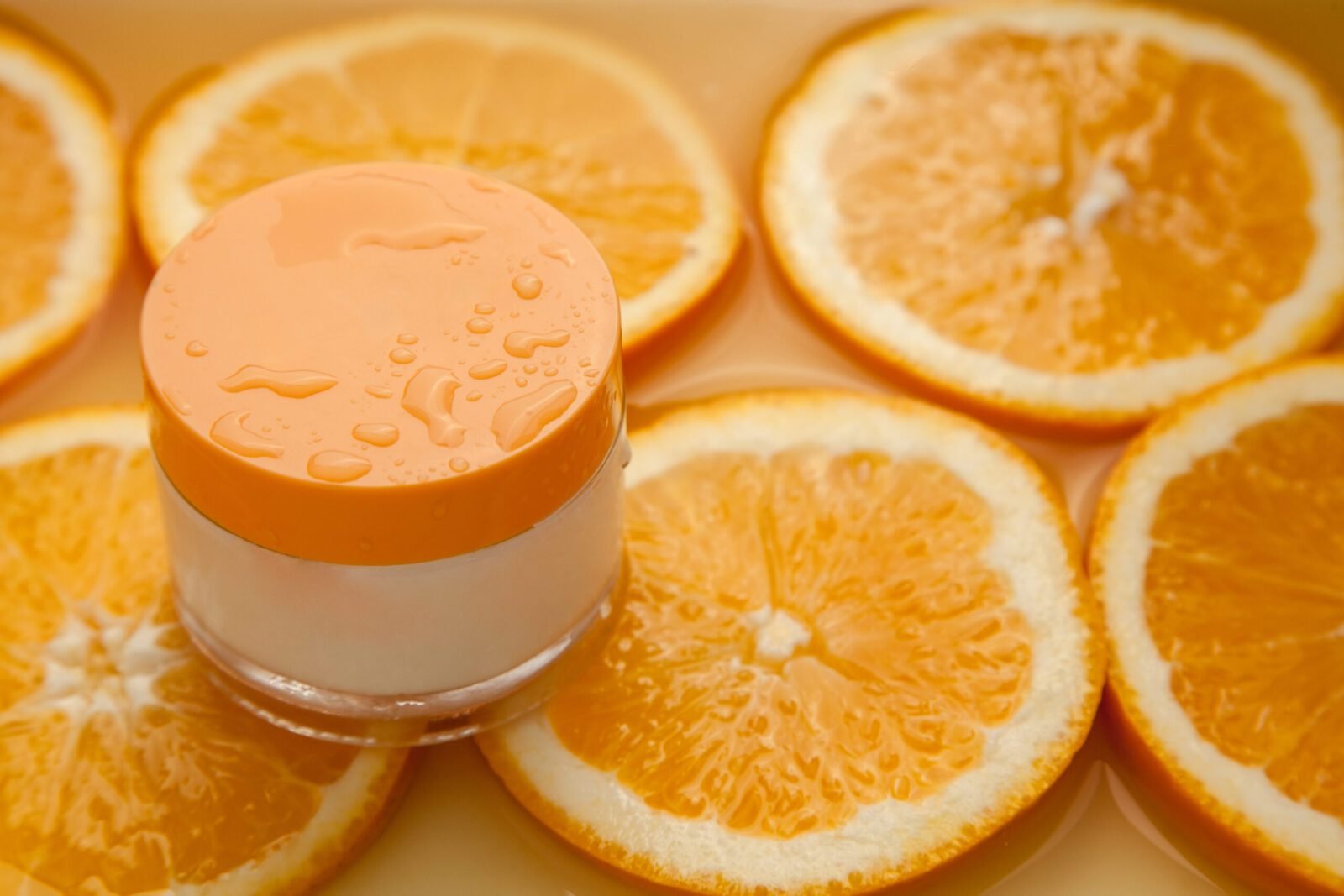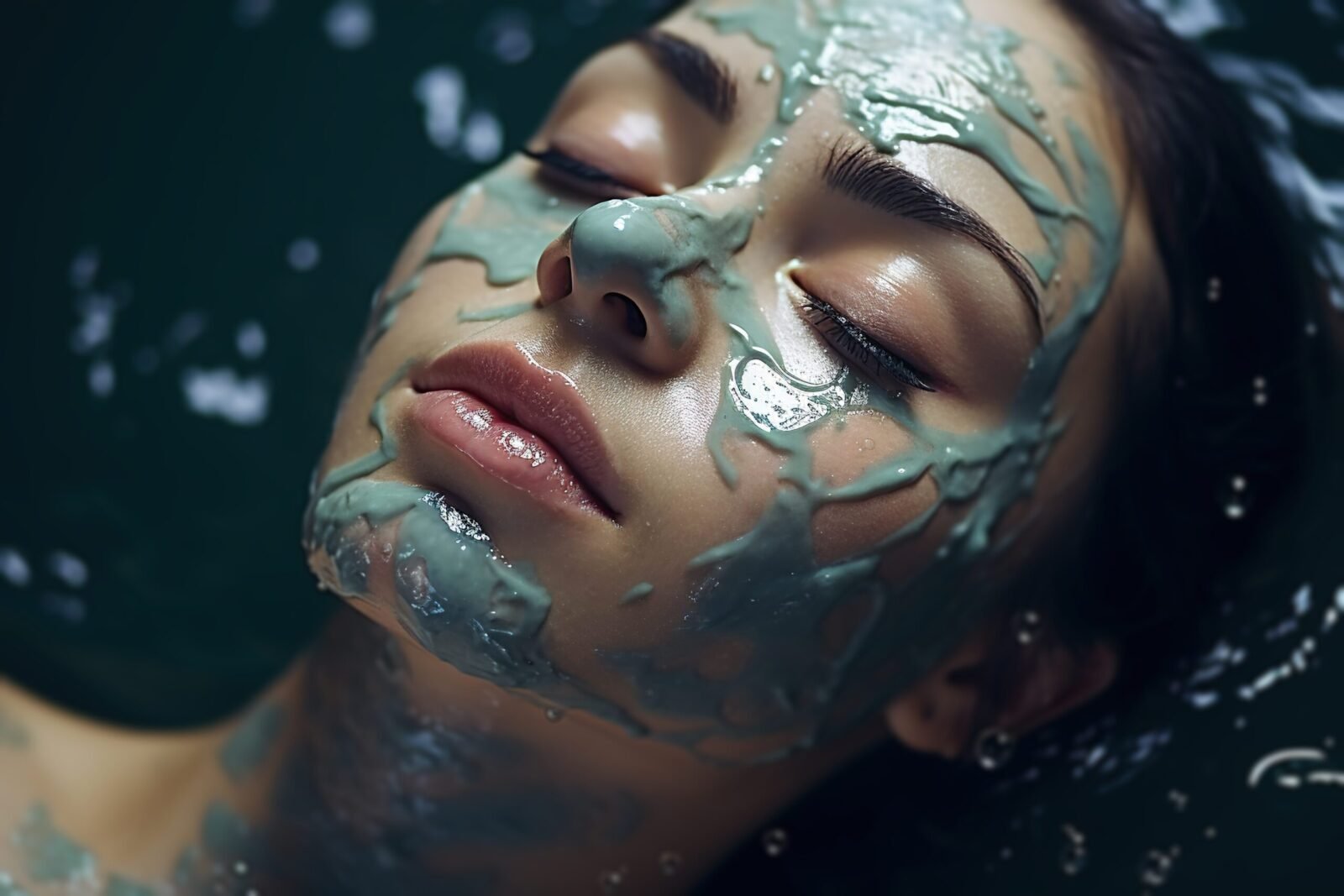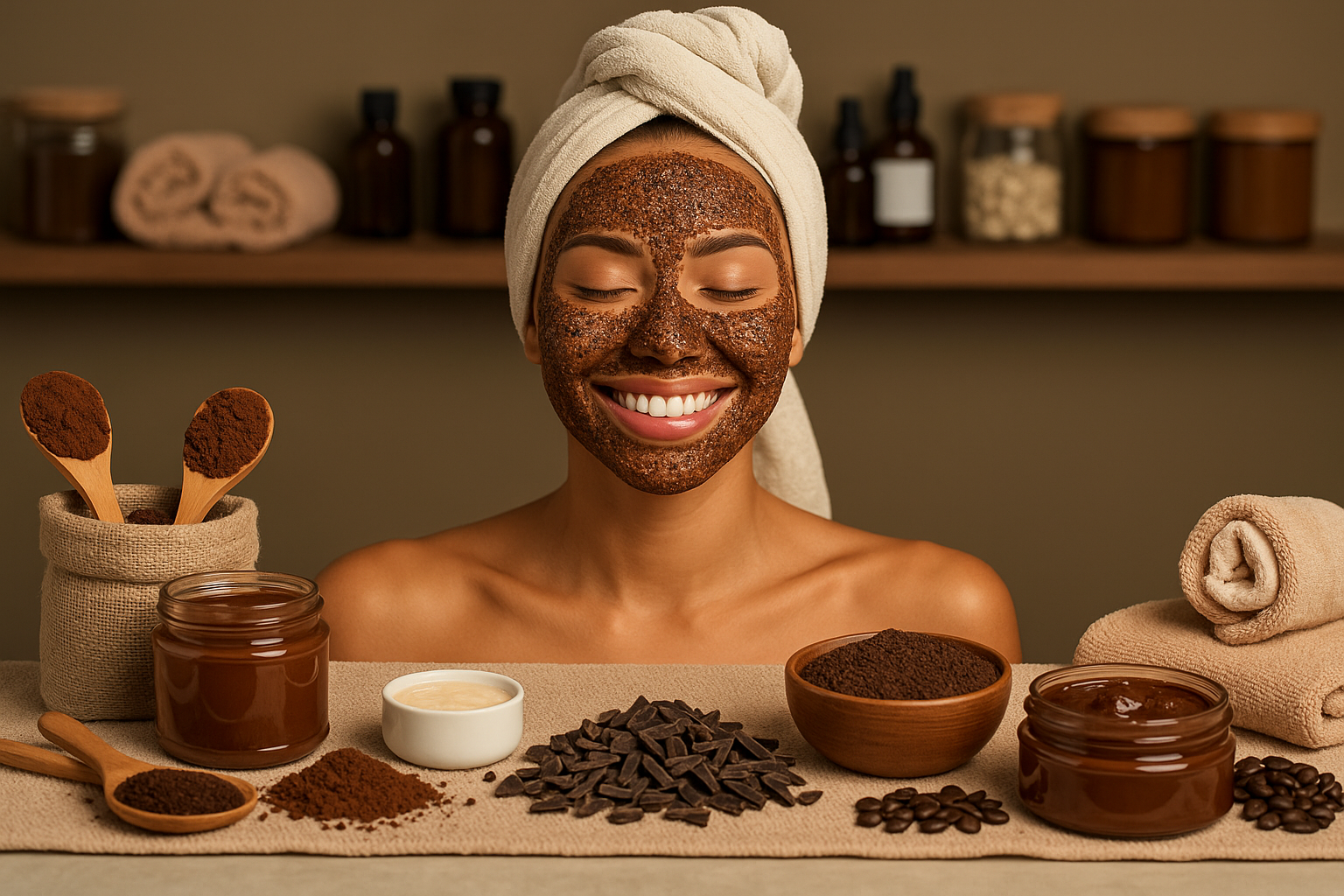Vitamin C remains one of the most powerful and versatile actives in skincare. However, its sensitivity to oxidation, temperature, and pH has long challenged cosmetic chemists. As a result, the industry has shifted toward encapsulation technologies—particularly polymer-based carriers that protect L-ascorbic acid from degradation while ensuring controlled release. In 2025, these systems represent the clean-label frontier of stability science.
Why Encapsulation Matters
Encapsulation offers a practical solution to Vitamin C’s instability. Through micro- or nano-scale carriers, the molecule is shielded from oxygen, light, and moisture—three main triggers of oxidation. Consequently, formulations maintain color, potency, and sensory appeal over time. Moreover, encapsulation enables controlled diffusion, ensuring gradual antioxidant delivery throughout the day.
Mechanism of Polymer Encapsulation
Polymer matrices serve as semi-permeable shells that encapsulate Vitamin C. Typically, hydrophilic polymers like hydroxypropyl starch, cellulose derivatives, or alginate form microcapsules that trap the active inside. Upon skin contact, these polymers absorb water, swell, and release the Vitamin C at a controlled rate. As a result, actives remain potent longer, and irritation from acidic concentration spikes is minimized.
Encapsulation efficiency depends on polymer type, viscosity, and cross-linking density. Highly cross-linked systems release actives slowly, while softer gels allow faster diffusion. Therefore, selecting the right polymer balance is critical for desired release kinetics.
Types of Polymer Carriers in Vitamin C Formulation
1. Polysaccharide Networks: Derived from natural starches or algae, these matrices provide biocompatible encapsulation for water-soluble actives like Vitamin C. 2. Cellulose Derivatives: Hydroxypropyl methylcellulose (HPMC) and ethyl cellulose form flexible shells with excellent stability and clarity. 3. Alginate and Chitosan Complexes: Create ionically cross-linked beads for sustained release in emulsions. 4. Synthetic Copolymers: Advanced acrylate-free polymers engineered for film-forming and clean-label compatibility.
Each type contributes unique benefits—some excel in sensory enhancement, while others focus on oxygen barrier performance. Consequently, formulators often combine two or more polymer systems for optimized protection and feel.
Encapsulated Vitamin C vs Anhydrous Systems
While anhydrous Vitamin C systems eliminate water to prevent oxidation, they often limit solubility and diffusion. In contrast, encapsulated systems offer dynamic control—protecting Vitamin C in dry form yet allowing gradual hydration-based release upon application. Therefore, they bridge the gap between stability and bioavailability.
Encapsulation also allows inclusion of synergistic actives such as Niacinamide or Ferulic Acid within the same base without pH conflict. Additionally, sensory benefits like non-tackiness and smooth glide appeal strongly to consumers and formulators alike.
Case Studies: Grand Ingredients Encapsulation Technologies
At Grand Ingredients, several encapsulation platforms illustrate how polymer carriers improve stability and performance.
N-Vitamin C
A plant-derived Vitamin C encapsulated in a biopolymer matrix designed to resist oxidation and maintain potency under ambient storage. Its network shields the active from UV and oxygen, releasing it gradually upon skin hydration. Therefore, N-Vitamin C achieves clean-label stability and superior formulation compatibility.
SCH-Shellcare TRAX+
A next-generation encapsulation polymer offering high transparency and excellent adhesion to the skin. By integrating cross-linked polysaccharides, it enhances antioxidant residence time and sensory smoothness. Consequently, TRAX+ supports stable, elegant Vitamin C delivery in both gels and emulsions.
Formulation Design Tips for Encapsulated Systems
- Maintain process temperature below 45°C to preserve encapsulation integrity.
- Use low-shear mixing to avoid microcapsule rupture during batching.
- Target pH 5.0–6.0 to balance stability and skin comfort.
- Incorporate humectants like propanediol or glycerin for controlled hydration release.
- Avoid high-ionic-strength electrolytes that may disrupt polymer cross-links.
By following these parameters, formulators can achieve transparent, stable Vitamin C systems that remain active for 18–24 months under standard storage.
Clean-Label and Regulatory Alignment
Encapsulation polymers such as starch derivatives and cellulose comply with MoCRA and EU Microplastics Regulation guidelines. Therefore, they enable long-term stability without relying on PEGs, silicones, or microplastic additives. As a result, encapsulated Vitamin C fits seamlessly into sustainable, eco-certified cosmetic formulations.
Performance Testing and Shelf-Life Data
In comparative trials, encapsulated Vitamin C retained up to 90% of its initial potency after six months at 40°C, compared to less than 40% for free ascorbic acid solutions. Additionally, encapsulated formulas showed minimal yellowing or odor shift, maintaining visual clarity and consumer appeal. Consequently, encapsulation now stands as the preferred stabilization route for chemists pursuing long shelf life with minimal additives.
Grand Ingredients’ Perspective
Innovation at Grand Ingredients focuses on merging biotechnology with sustainable material science. Through encapsulation, actives like Vitamin C remain potent, bioavailable, and compliant with clean-label demands. Moreover, by aligning with biopolymer networks such as N-Vitamin C and SCH-Shellcare TRAX+, chemists can formulate for both performance and transparency.
“Encapsulation isn’t just protection—it’s precision. It lets actives reach the skin exactly when and where they matter.”
— Grand Ingredients CEO
References:







